The ATA SP Bronze represents outstanding value for money and shoots like a gun with a much larger price tag, Mike Yardley discovers in this test and review
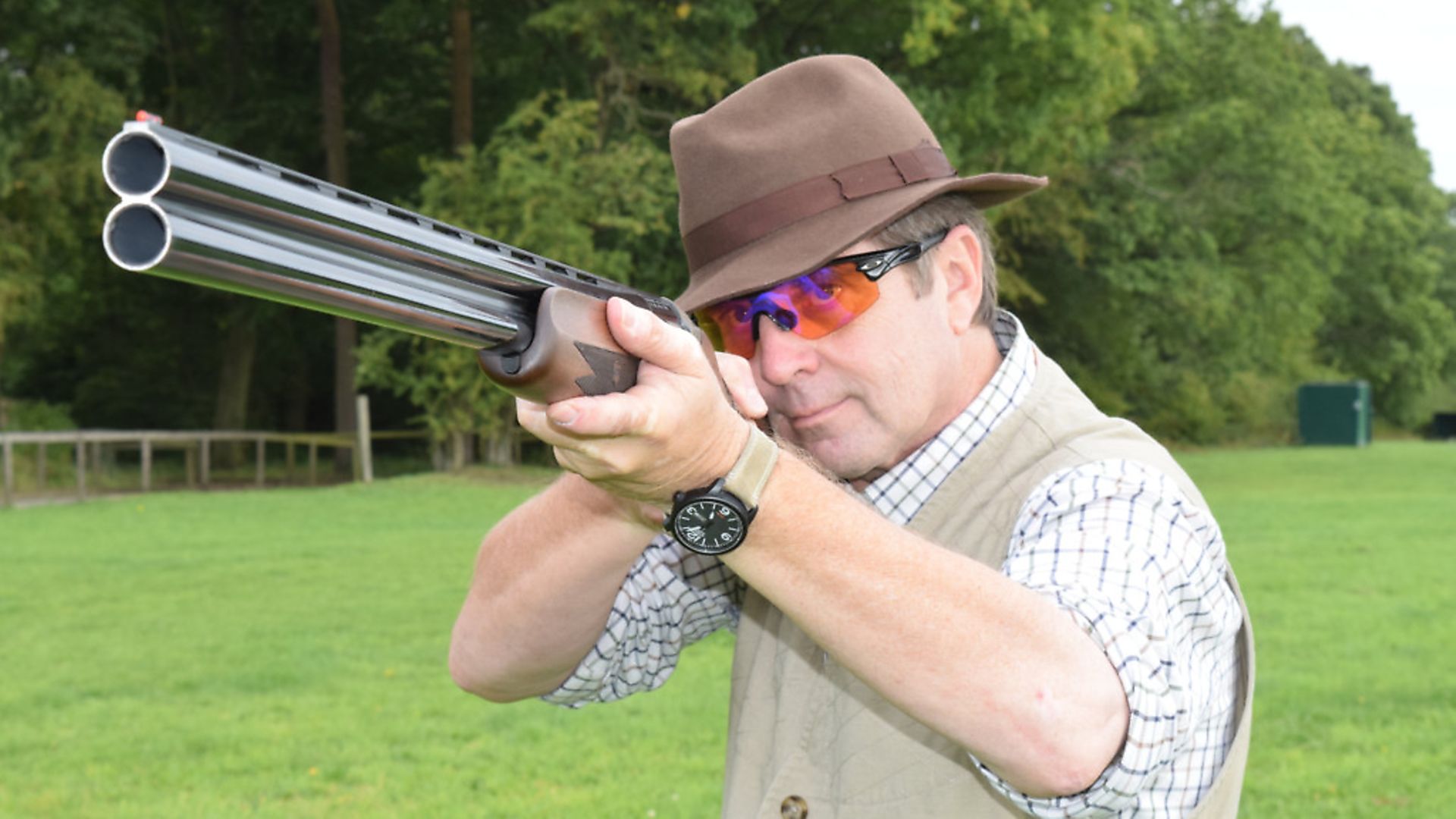 credit: Archant
credit: Archant
AT A GLANCE
We like: The price; the finish; the engineering
We don’t like: Nothing of any account at that price
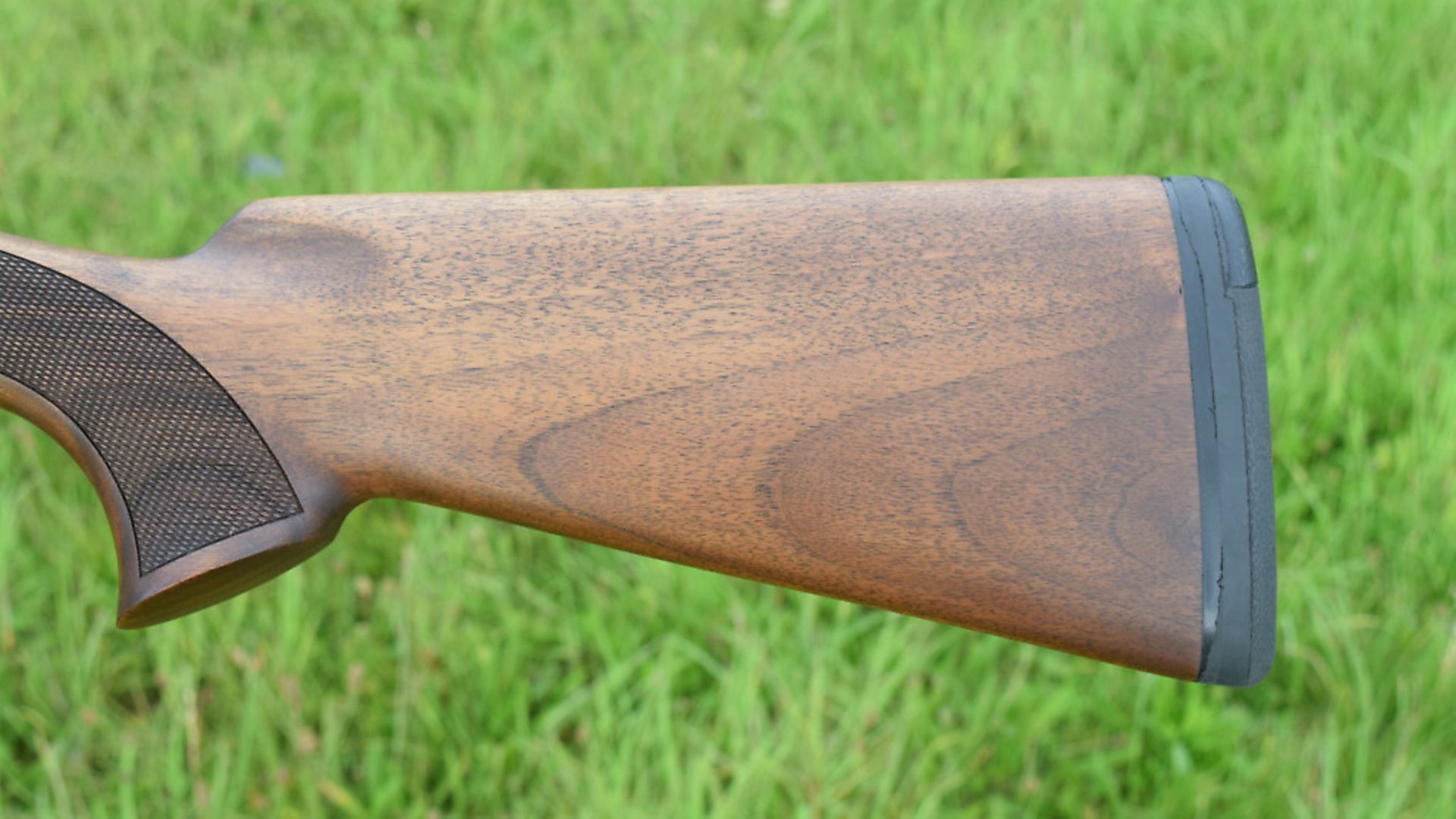 credit: Archant
credit: Archant
TECH SPECS
Make: ATA
Model: SP Bronze
Bore: 12
Chambers: 3” with fleur-de-lys proof
Barrels: 30”
Chokes: Multi
Weight: 7 1/2lbs
RRP: £595
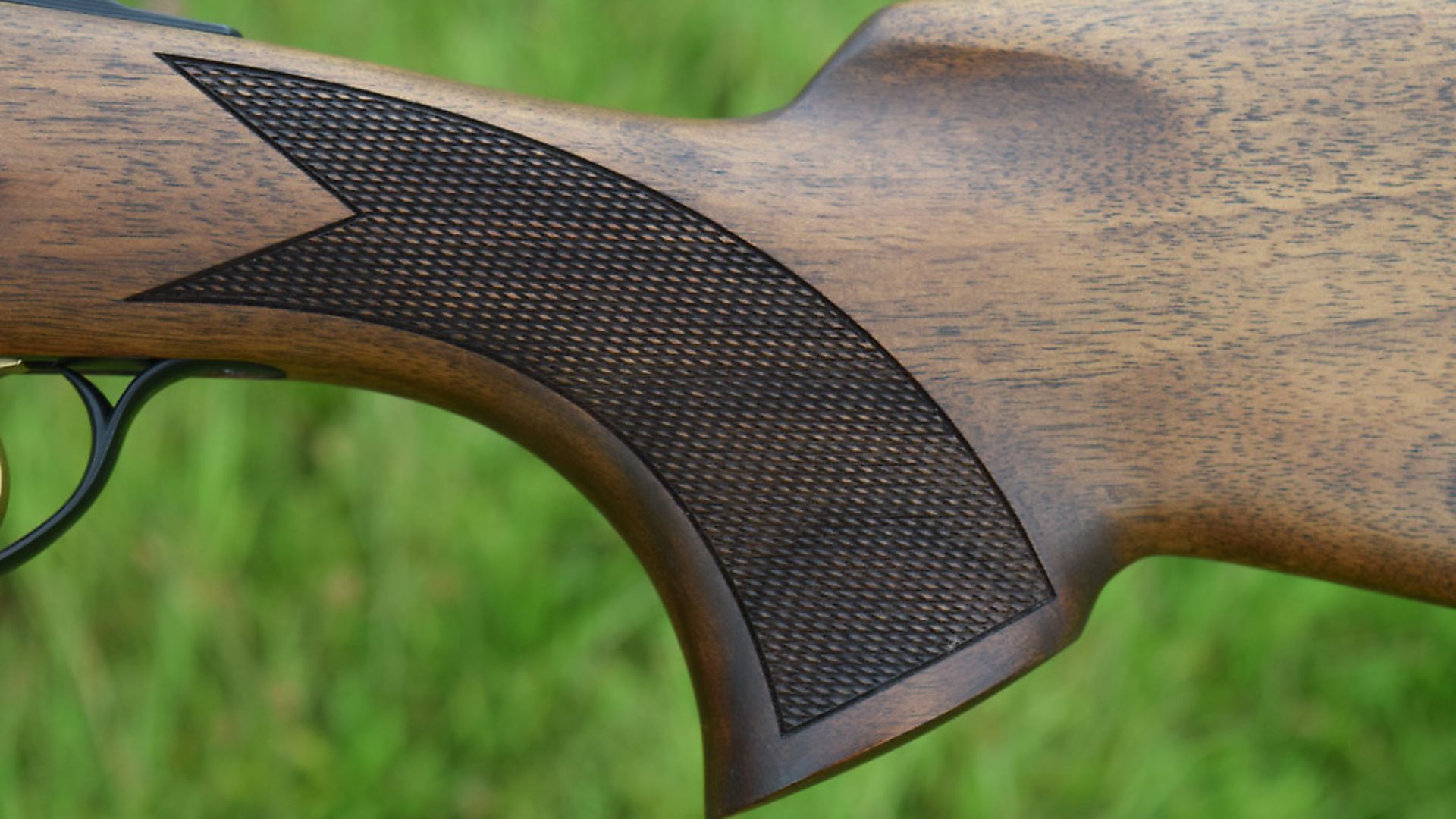 credit: Archant
credit: Archant
IN DEPTH
This test concerns an ATA SP Bronze – a gun which, save for colour, looks much like a Beretta Silver Pigeon with regard to its external action form, but which is produced in Turkey. Most remarkably, it has an RRP which skims just under the £600 mark (£595). This is less than half the cost of the cheapest Silver Pigeon, so it will be interesting to see what, if any, corners are cut to offer the ATA at this sort of money. I took the gun off the well-stocked shelves of Atkin, Grant & Lang at their Broomhills shooting ground in Hertfordshire for testing. That firm frequently helps us with gun reviews – many thanks to Tom, Julian and Rachael there.
First impressions of the SP, ignoring the price point, are very positive. This is an attractive, modern, single-trigger, multi-choked over-and-under intended for game or clays. There is little radical about it save for the action colour, which is subdued. The general presentation and specification impresses. At the price point, the quality of finish is outstanding with lustrous blacking and excellent wood to metal fit, though the wood itself is a little dull. The gun weighs in at a near ideal 7½lb with 30” barrels – perfect for all-round use. Other models are available with 28” barrels, such as the ATA Black Laminated at £650.
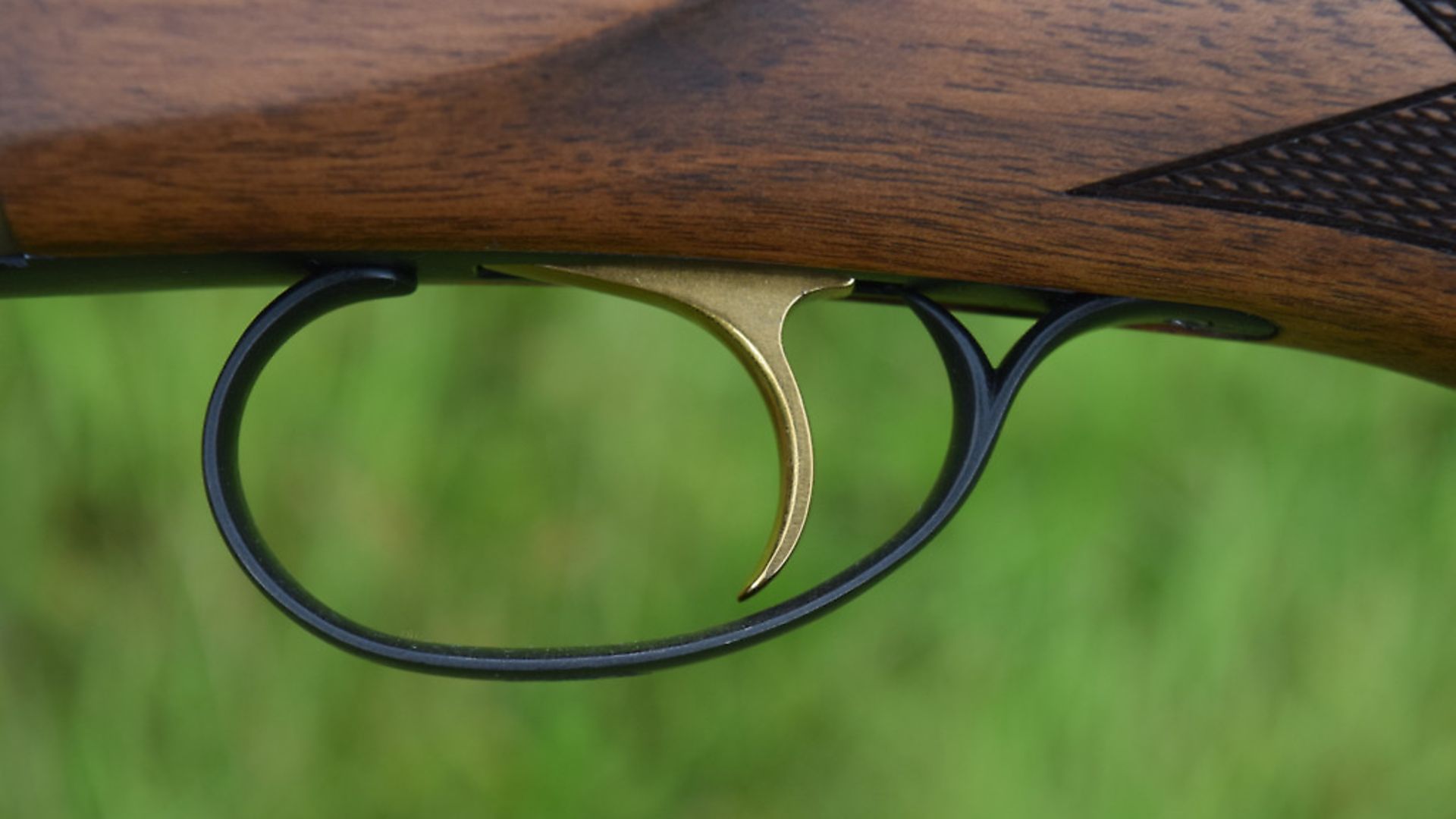 credit: Archant
credit: Archant
The basic form of the ATA is familiar and clearly inspired by the 600 series Beretta guns. The unusual bronze-coloured action is not at all unattractive, and is all the better for being matt finished and not polished. Indeed, I liked this; it is different but without excessive bling.
The external works are very familiar as noted, with the same conical bolting and dovetailed barrel shoulders as a Beretta. There are significant internal differences, which I will come to later.
So, the test gun looks good and it comes up to the shoulder well too. It feels a bit muzzle heavy, as many 30” multi-choked guns do, and not especially pointable, which is another common affliction of mass-produced 30” multi-choked guns. But it is comfortable to mount and feels stable.
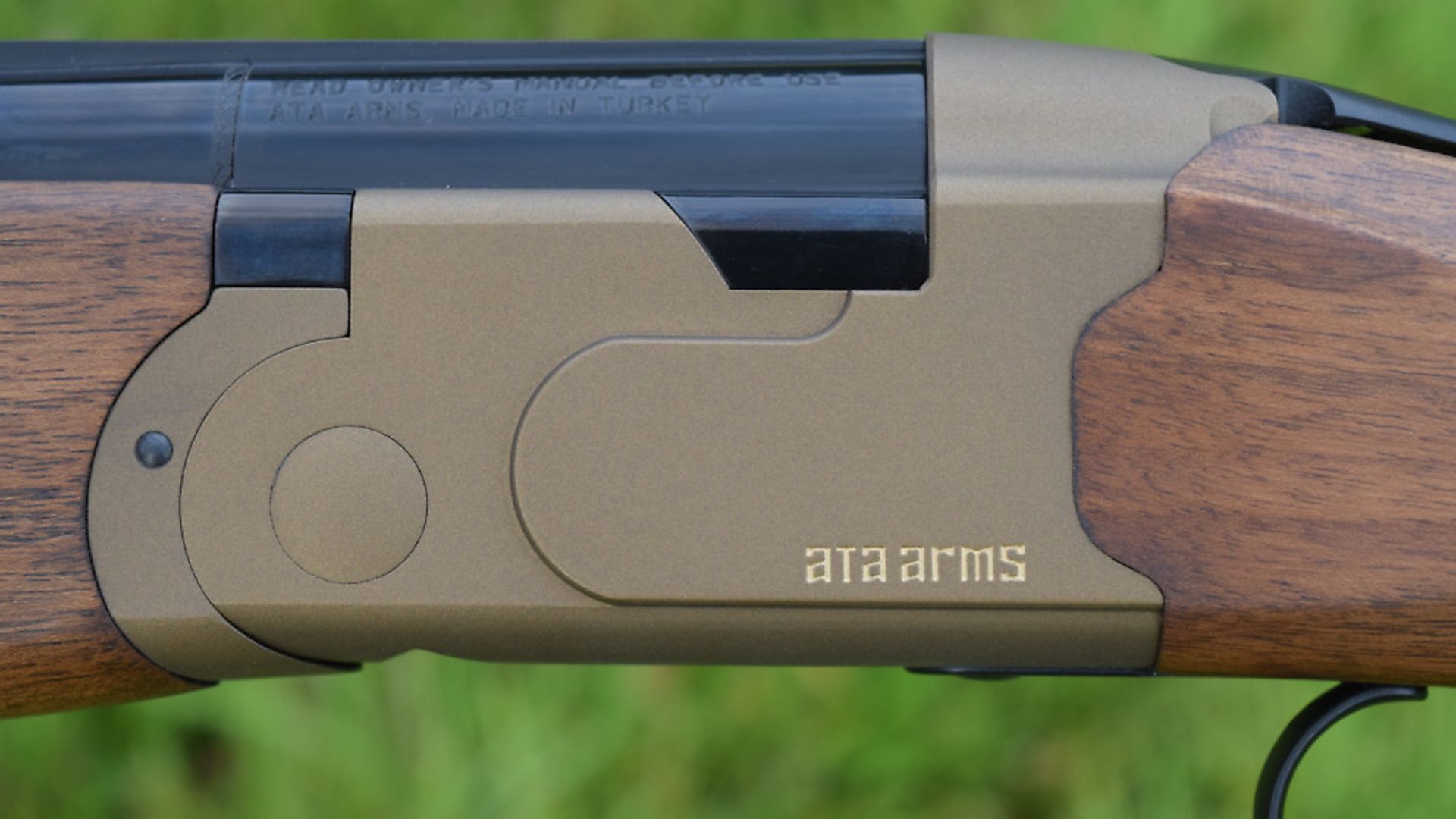 credit: Archant
credit: Archant
The barrels, which are constructed on the monobloc system, are fitted with a well-presented 8mm ventilated parallel rib – a useful width I would like to see more often – and solid joining ribs which extend back just past the fore-end. The barrels themselves are well presented with engine turning to the sides of the monobloc, lustrous and deep blacking as noted, good chambering and reasonably straight bores. They are 3” fleur-de-lys proofed in this country and have quite tight internal dimensions – the top barrel is 18.4mm and the bottom 18.3mm.
The stock of the ATA has a sensible length-of-pull at 14 3/4” but was low in the comb. The drop measurements were 1 1/2” and 2 5/8” – similar to many Turkish guns, but too low as a standard measurement. There is a very slight right-hand cast.
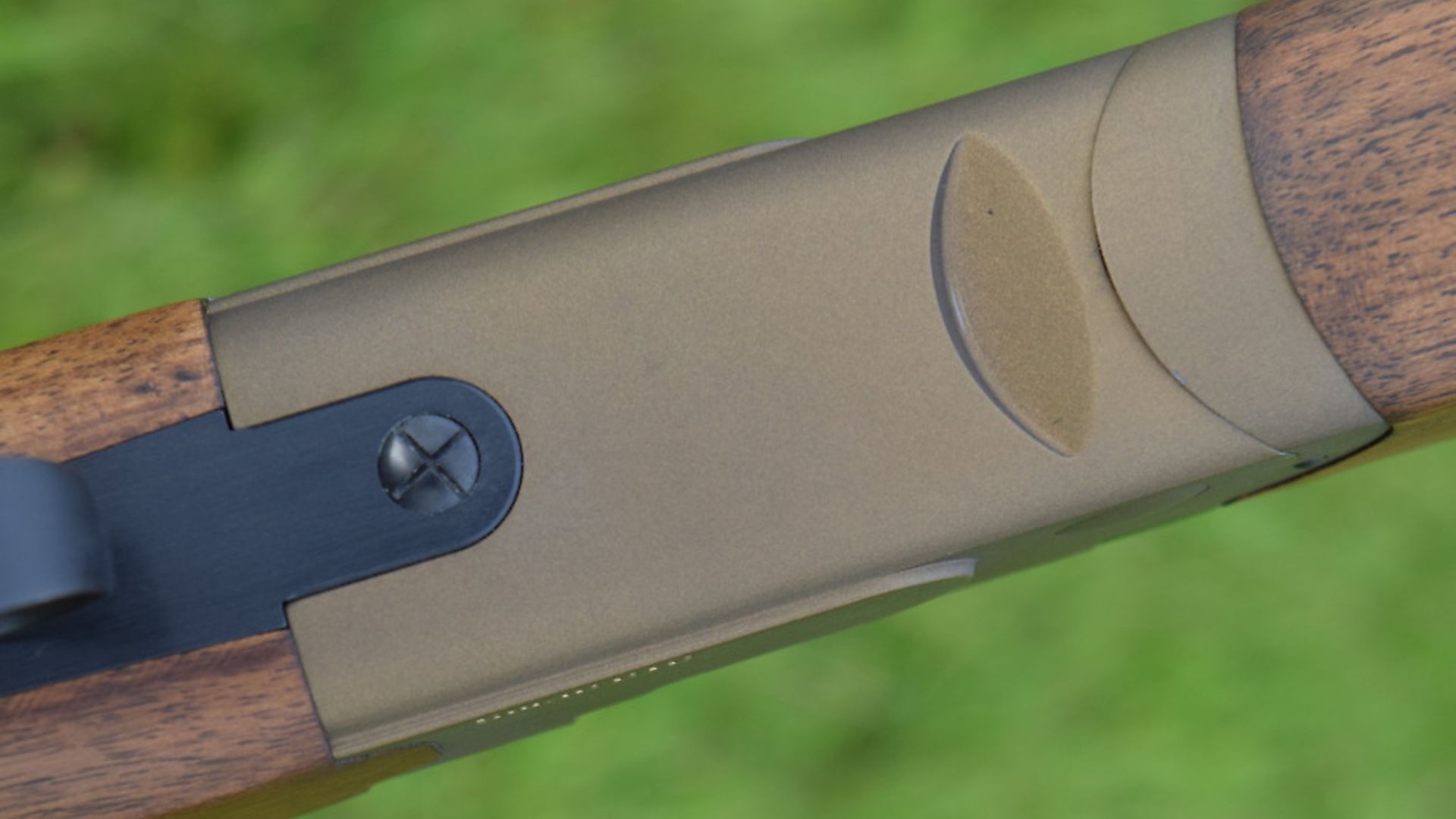 credit: Archant
credit: Archant
The timber is plain but not plank, the finish is adequate, and the shapes, essentially, are good. There is some taper in the comb and the grip is not too big and quite tightly radiused (I would reduce the radius a little). Chequering is neatly executed by laser, and this is also used to add a company ATA logo to the centre of the panels on both sides of the fore-end; it’s not over the top. The fore-end, which is rounded at its front, deeper than average and quite short, has flutes to the top both sides.
Aesthetically, it looks just a little swollen, but it is comfortable in the hand. An Anson push-rod release catch is employed, which I favour, as sometimes the Deeley pattern used by many makers heats up in over-and-unders.
 credit: Archant
credit: Archant
TECHNICAL
Superficially, the action of the test gun appears to be the usual generic low-profile Beretta design, with stud pins for hinging at the knuckle and conical locking bolts engaging circular recesses either side of the top chamber mouth. The main mechanism sits on a trigger plate with the hammers powered by captive coil springs. The trigger is not recoil-operated, as in most Berettas, but mechanical. There are other internal differences, although I did not have an opportunity to remove the stock to confirm them precisely. The main mechanism is simpler and more traditional than the Beretta it otherwise copies. The sears hang down and engage the hammers at their top, rather like a Lanber. One might add that the latter marque has always proven reliable, and I can see no reason why this should not be the case here too. My experience of Turkish doubles is generally positive in regard to reliability. Their machining and engineering has advanced and I am told that they often buy their CNC machinery from Italy now, and supply the Italian trade with parts.
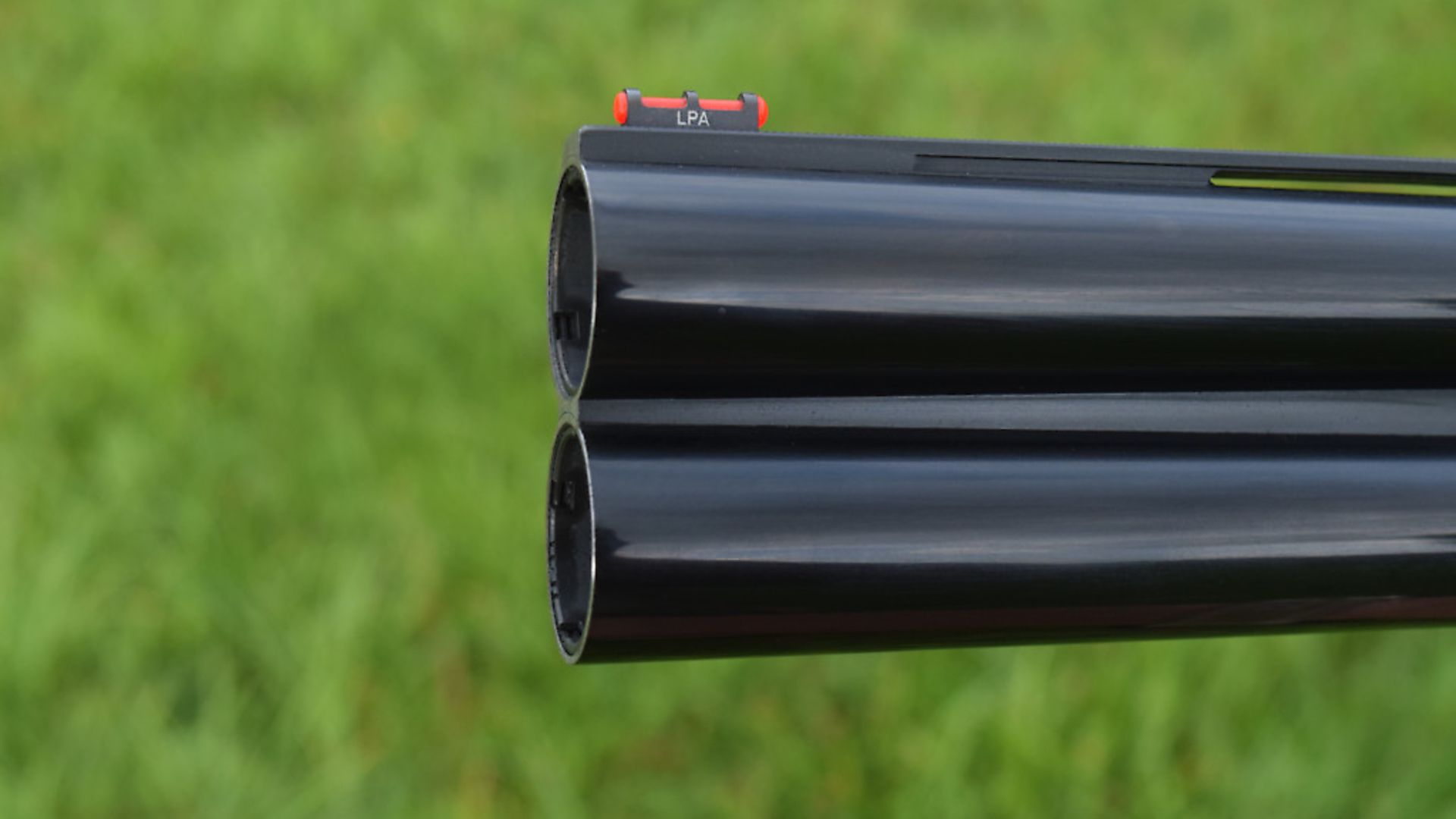 credit: Archant
credit: Archant
SHOOTING IMPRESSIONS
I thought the ATA shot well. It had no major vices except being a bit low in the comb (something that might be easily rectified by a comb raiser or bending the stock). This gun might not feel especially refined, but it did not feel, or look, cheap. Indeed, there was every indication that it was well-engineered from good quality materials. Recoil was not an issue, and the trigger pulls – usually the weakness of less expensive guns – were ok too. At the remarkable price, I would have to pick to knock the gun seriously. The stock shapes and wood finish might be improved a little, but they are quite adequate. All in all, this is an outstanding buy for the money. One has to wonder how it is possible to make a good-looking, serviceable gun at that price today.
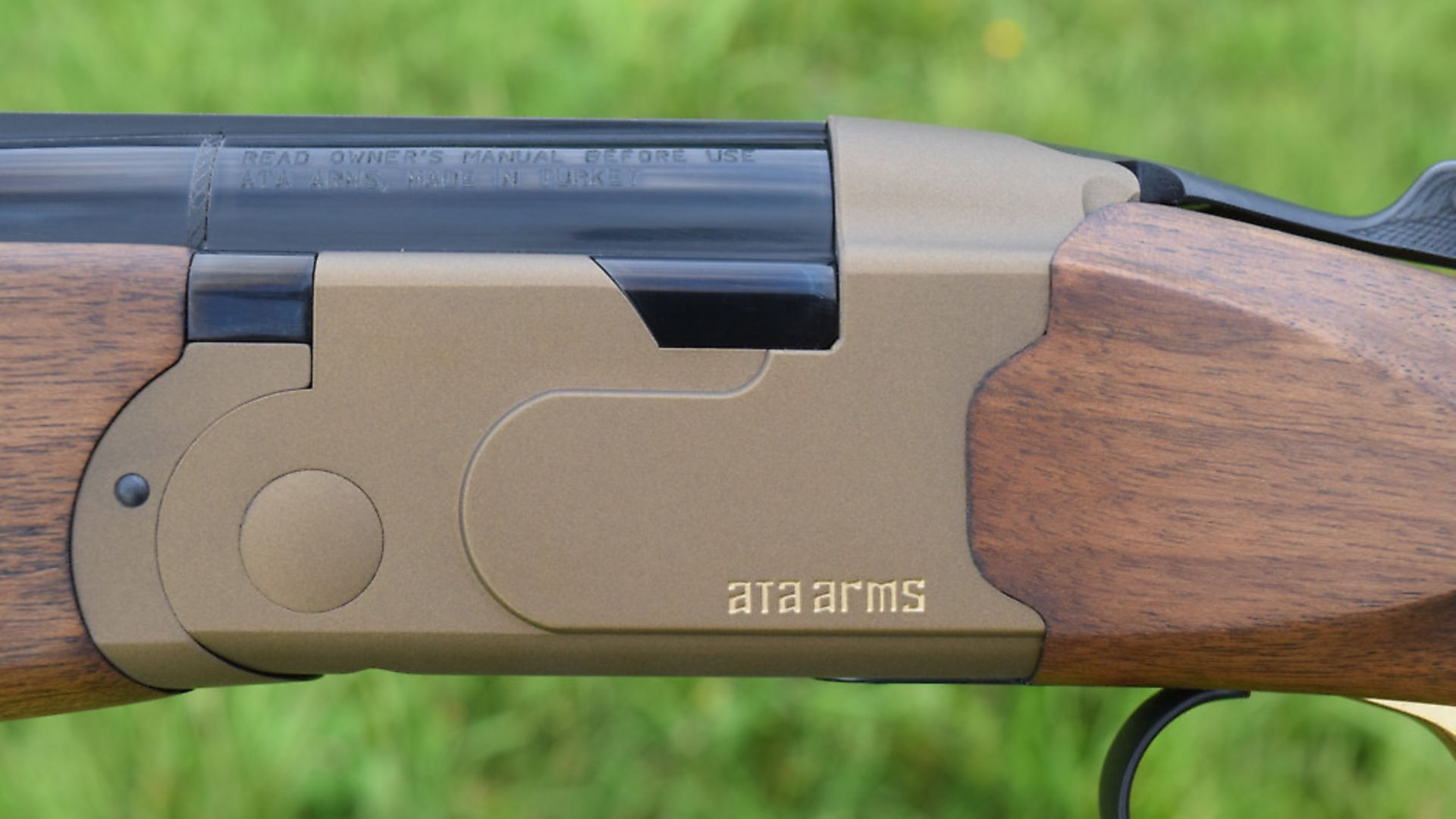 credit: Archant
credit: Archant
 credit: Archant
credit: Archant
 credit: Archant
credit: Archant
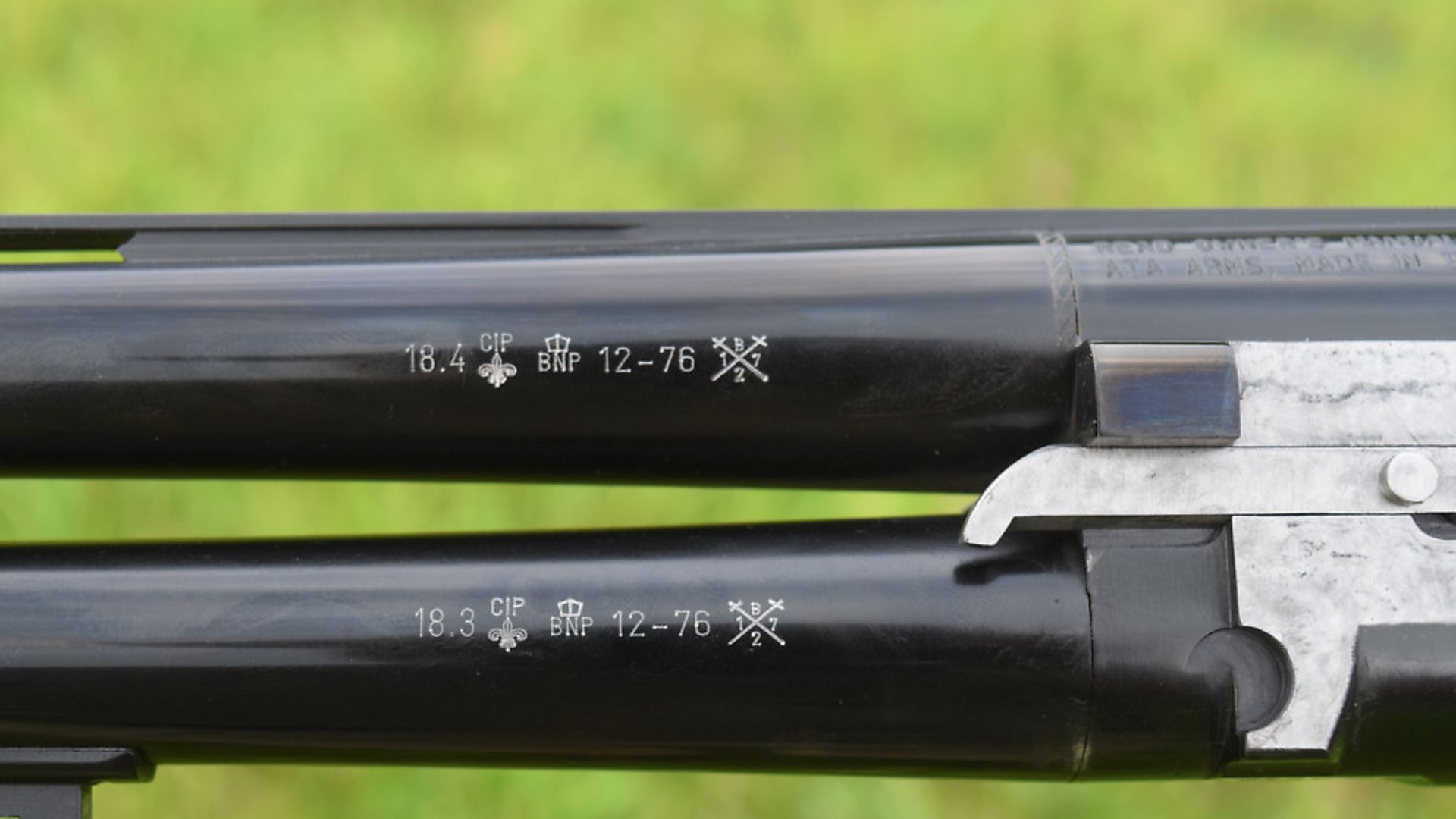 credit: Archant
credit: Archant
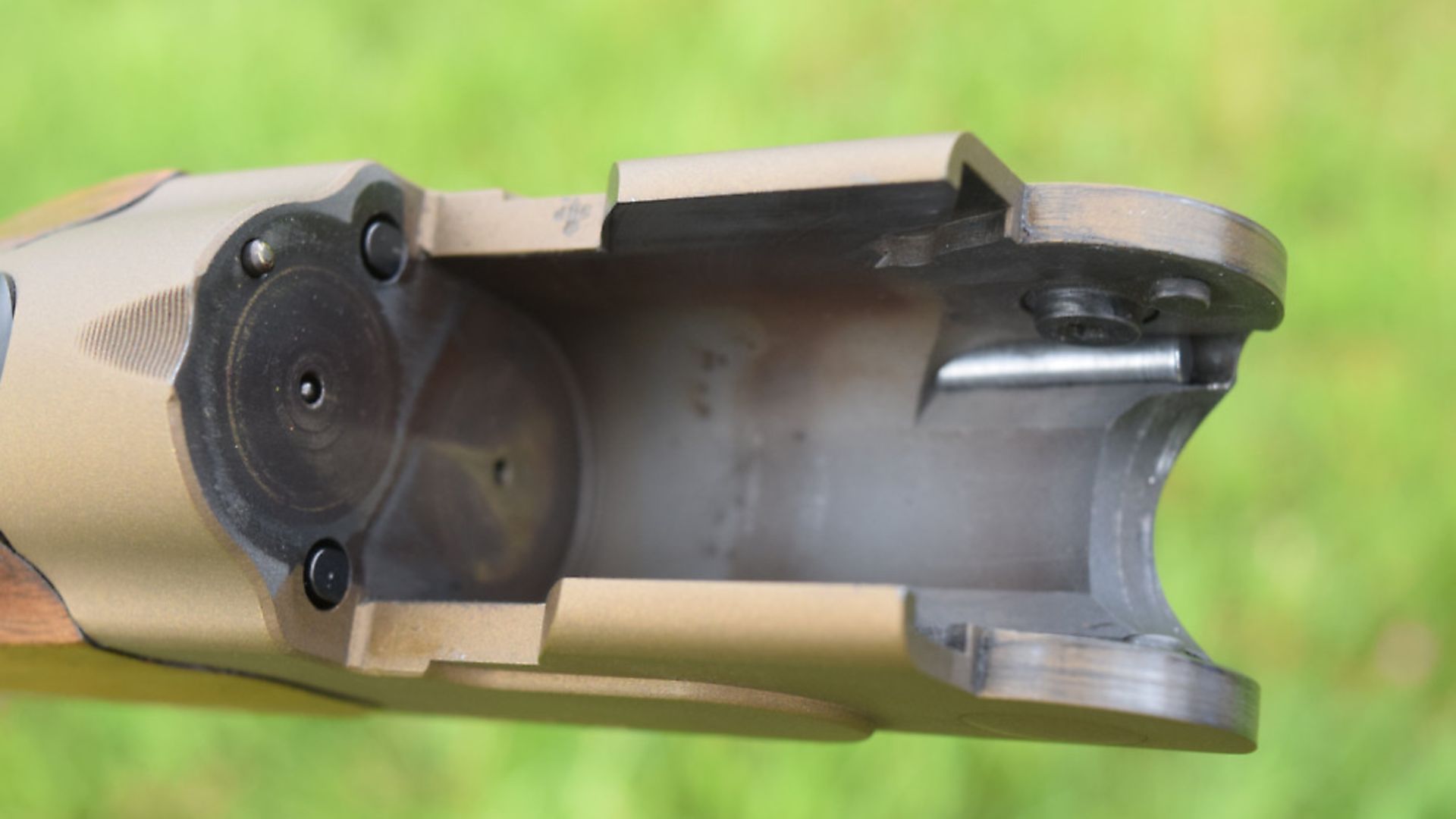 credit: Archant
credit: Archant